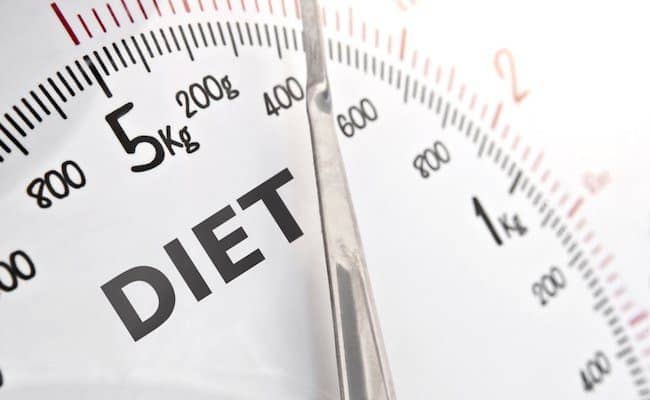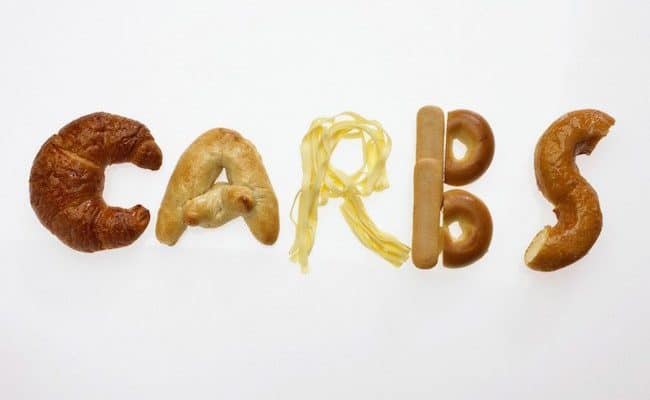
Having a “slow” metabolism is a complaint for many who seem to not be able to lose weight no matter how they control their diet. However, a very small percent (some researchers estimate about 1% of the population) actually have a genetic mutation that causes metabolic rate to be abnormally below normal.
People who have a genetic mutation for a slower than normal metabolism are often obese as children, but that doesn’t mean every obese child has a genetic mutation for a slow metabolism.
Other factors that influence metabolism besides genetics can be hormones, age, sleep, exercise, diet or medications. Every decade adults’ metabolism slows 2-8%. Eating a very low calorie diet or chronic sleep deprivation can slow metabolism. Some medications could interfere with the body’s metabolism, increase appetite and/or increase weight gain.
Whatever the reason for why you feel you may have a slow metabolism, here are some tips to bump your calorie burn and stimulate your metabolism for weight loss.
Exercise
Exercise not only increases calorie burn, but can also increase metabolic rate for hours after exercise. A 2011 study from Medicine & Science in Sports and Exercise monitored calorie expenditure in a group of men for a day when they completed 45 minutes of exercise on a stationary bike and a day of rest.
On average, the men burned about 500 calories during exercise. However, metabolic rate was also increased up to 14 hours after exercise, and research subjects burned an additional 200 calories post exercise compared to the rest day.
This study suggests that exercise can help stimulate calorie burn after exercise throughout the day, which can help people who feel their metabolism is slow. Aiming for 30-60 minutes per day of cardio exercise could be a goal for weight loss. Examples of cardio exercise include brisk walking, jogging, dancing, aerobics, etc. If you already exercise, bump up your duration and/or intensity!
Lifting weights can also help bump up metabolism because it stimulates muscle growth. Muscle is more metabolically active compared to fat tissue, so having more muscle mass can increase calorie burn. Aim to lift weights 2-3 times per week for all major muscle groups. Talk to an exercise professional for more instruction on lifting weights safely and effectively for your individual needs.
Move more
Don’t confuse this with exercise; moving more is different than planned exercise. Exercise is important for stimulating metabolism, but in order to lose weight you may need to move more than your designated hour of exercise per day.
Moving more means spending less time sitting still. If you have a desk job, getting up every 30-60 minutes can be beneficial for your health and increases calorie burn. Take a walk around your floor or go up and down the stairs a few times.
Other ways to move more throughout the day:
-tap your feet or fidget while sitting down
-park further away on purpose to get more steps in
-Do a few lunges, squats, stairs or stretch for a few minutes throughout the day to break up sitting for long periods
-Do core exercises during commercial breaks when watching TV
The more you move, whether intentionally or subconsciously, the higher calorie burn you will have throughout the day.
Eat whole foods
Eating whole foods can have a slightly higher calorie burn compared to eating processed foods. Examples of whole foods include whole grains, fruits, vegetables, nuts, seeds, legumes and lean proteins.
The body uses calories to break foods down during digestion and absorption; this is called thermic effect of food (TEF). Eating foods in their whole, natural state can have a higher calorie burn compared to eating a processed meal from a package.
Although the amount our bodies use for TEF is around 10% of our total calorie usage, eating whole foods can have a higher TEF than eating packaged, processed foods.
Include protein
Protein has the highest satiety of the macronutrients, meaning it keeps you feeling full the longest. Eating protein at meal times can help lower calorie intake at later meal times and assist in calorie control.
Healthy protein options include lean meats, dairy, beans, nuts/nut butters, grains, seeds, soy products. Protein also has the highest TEF, meaning the body uses the most amount of energy digesting proteins. Therefore combining proteins and whole foods can help stimulate “extra” calorie burn.
Conclusion
Metabolism can be affected by genetics, hormone levels, age, activity and diet. If you feel your metabolism is sluggish for whatever reason, there are some things that can help stimulate metabolism and help with weight loss.
Exercising and moving more throughout the day are probably the biggest ways to increase calorie burn and stimulate weight loss. Eating whole foods and protein at meals instead of pre-packaged foods can also increase the body’s calorie burn through TEF.
References used in this article










